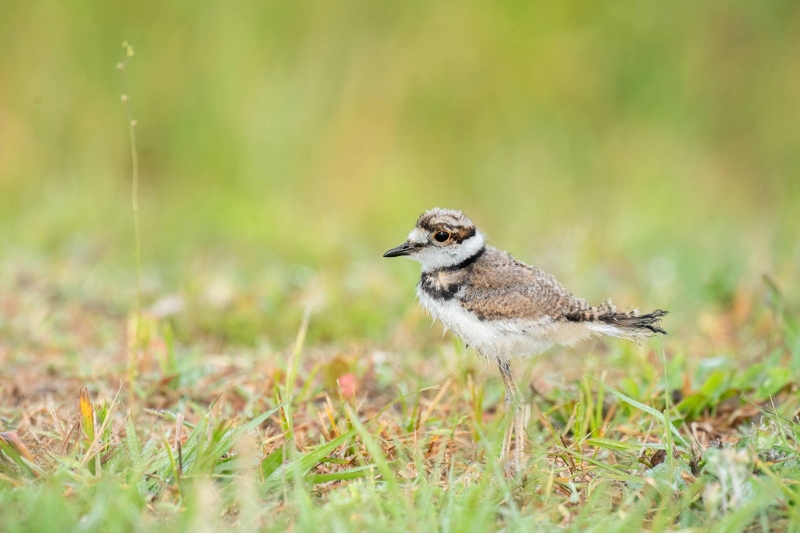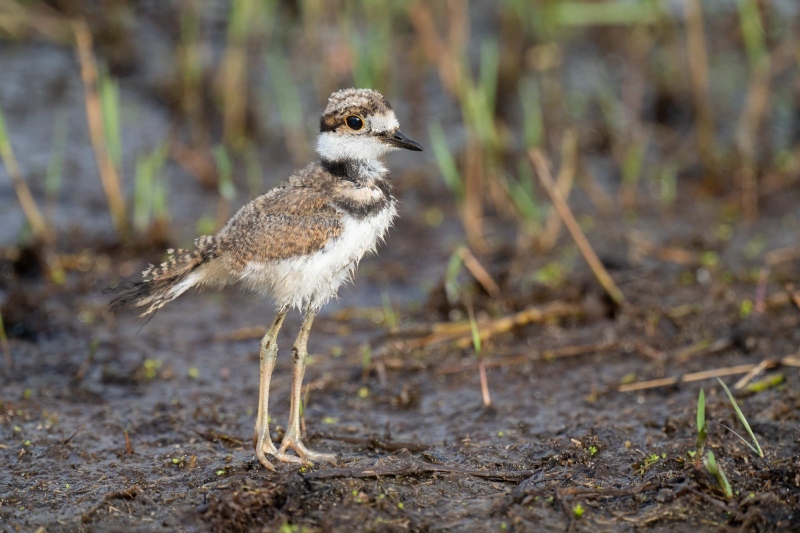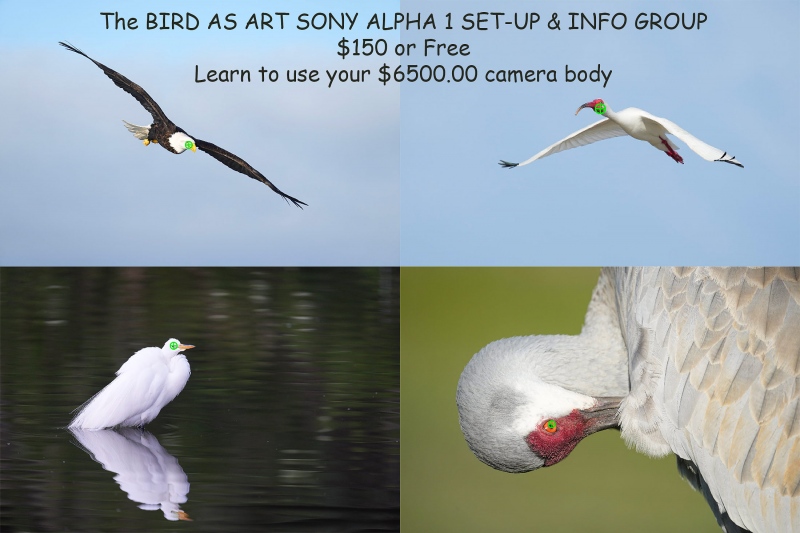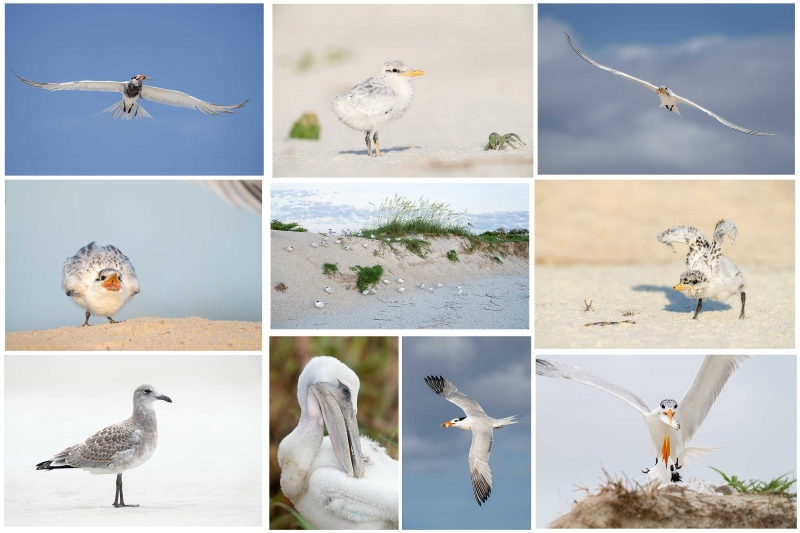Your Favorite Image?
Which of today’s two featured images do you prefer? All are invited to leave a comment and let us know why they made their choice.
Just for the Record
If you are not using a Sony a1 for bird photography, you are making your life far more difficult than it needs to be. Period. If you would like to receive a short but frank e-mail explaining why the Sony a1 is so much better than the best Nikon and Canon mirrorless camera bodies, please click here.
What’s Up?
I had a very good Saturday morning at Gatorland despite the fact that there are fewer nesting pairs than in any year in recent memory. Photos and more soon.
Today is Sunday 1 May 2022. The morning forecast for ILE is for sunny with a gentle east breeze. I will surely be heading down to the lake, perhaps to do some flowers. Wherever you are and whatever you are doing, I hope that you too have a great day. This blog post took about an hour to prepare and makes fifty-one days in a row with a new one.
Please remember to use the B&H and Amazon links that are found on most blog pages and to use the BIRDSASART discount code at checkout when purchasing your new gear from Bedfords. Please, also, consider joining a BAA IPT. You will be amazed at how much you will learn!
|
|
|
This image was created on 24 April 2022 down by the lake near my home at Indian Lake Estates. Working from the front seat of my SUV, I used the BLUBB-supported Sony FE 600mm f/4 GM OSS lens, the Sony FE 2.0x Teleconverter, and The One, the Sony Alpha 1 Mirrorless Digital Camera). The exposure was determined via Zebras technology with ISO on the Thumb Dial. ISO 2500: 1/500 sec. at f/8 (wide open) in Manual mode. The exposure was dead solid perfect when evaluated in RawDigger. AWB at 8:19:26am on a mostly cloudy morning. Tracking: Spot S AF-C with Bird Face/Eye detection enabled performed to perfection. Be sure to click on the image to enjoy a high-res version. Image #1: Killdeer chick in grassy field |
24 April
The morning of Sunday 24 April 2022 was a very good one for bird photography. I waited for the perfect eye-level adult Sandhill Crane wing stretch, but did not have to wait long. Then I made a long series of verticals of one of the big crane colts galloping across the South Peninsula. I had done so well that I decided to head home early. When I drove past the field just to the south of the pier, I saw two fuzzy little things scurrying about — Killdeer chicks! They were the first I’d ever seen at ILE. I worked them from my vehicle for 15 frustrating minutes without getting very close to them.
|
|
|
This image was created on 24 April 2022 down by the lake near my home at Indian Lake Estates. Standing at full height, I used the no-longer available Induro GIT304L Stealth Carbon Fiber Tripod/Levered-Clamp FlexShooter Pro-mounted-Sony FE 600mm f/4 GM OSS lens, the Sony FE 2.0x Teleconverter, and The One, the Sony Alpha 1 Mirrorless Digital Camera). The exposure was determined via Zebras technology with ISO on the Thumb Dial. ISO 1000. 1/500 sec. at f/8 (wide open) in Manual mode. The exposure was dead solid perfect when evaluated in RawDigger. AWB at 8:39:36am on a mostly cloudy morning. Tracking: Spot S AF-C with Bird Face/Eye detection enabled performed to perfection. Be sure to click on the image to enjoy a high-res version. Image #2: Killdeer chick on muddy shoreline |
Even Better
When the two little cuties got near the base of the pier, they disappeared over a small rise that led down to the lakeshore. Theorizing that they were possibly in the vicinity of the nest in which they hatched, I exited my vehicle, set up my tripod, mounted the big lens with the 2X TC, and approached slowly. Both of the baby shorebirds were on a small area of muddy lakeshore. They walked to my left, then back to my right, then left, and then right, and kept that up for more than 10 minutes. They were so cooperative, that I kept more than 80 images from their little jaunt on the shore of the lake. This included a ridiculous 54 of the bird in Image #2 standing stock still in the exact same spot and pose as seen above.
One Day Wonders
I searched for the chicks on Monday morning, but did not find them. I left that afternoon for DeSoto …
|
|
|
Click on the image to better see the green eye-AF boxes in action. Sony Alpha 1 Flight Photography AF Points! |
The SONY Alpha a1 Set-up Guide and Info Group: $150.00 (or Free)
The SONY Alpha a1 Set-up Guide and Info Group is going great guns as more and more folks chime in with thoughtful questions and experience-based answers. As the a1 is becoming more readily available, more and more folks are getting their hands on this amazing body. By early April, the group was up to an astounding 115 lucky and blessed folks. Early on, we discussed the myriad AF options. I gave my opinion as to the best one for flight and general bird photography. The best news is that everyone in the group receives an e-mail that includes a .DAT file with my a1 settings on it, and explicit directions on how to load my settings onto your a1; talk about convenience! I am now offering a .DAT file compatible with firmware update 1.20. Your entry into the group includes a consolidated Sony a1 CAMSETA2 INFO & GUIDE. New a1 folks will now receive four e-mails instead of the previous 28! You will see new e-mails as they are published. Simply put, this e-mail guide is an incredible resource for anyone with an a1.
All who purchased their Alpha 1 bodies via a BAA affiliate link — B&H or Bedfords — will receive a free Sony Alpha a1 Set-Up Guide and free entry into the Info Updates group after shooting me their receipts via e-mail. (Note: it may take me several days to confirm B&H orders.). Others can purchase their guide here in the BAA Online Store.
|
|
|
Click on the composite image to enjoy the incredible quality of the hi-res JPEG. Clockwise from upper left clockwise and back around to the center: Royal Tern in flight with squid for chick; Royal Tern chick on beach; Royal Tern in flight with shrimp for young; Royal Tern chick — double overhead wing stretch; Royal Tern landing with greenback for chick; Royal Tern in flight with juvenile mahi mahi for chick; Brown Pelican — large chick preening; Laughing Gull in fresh juvenal plumage; Royal Tern chick begging; Many Royal Terns with many chicks on face of dune. |
Jacksonville IPT: #1: 4 FULL DAYS — the afternoon of 16 June thru the morning of MON 20 June 2022: $2,099.00. (Limit 6 photographers)
Jacksonville IPT #2: the afternoon of FRI 1 JULY thru the morning of TUES 5 July 2022: $2099.00 (Limit 6 photographers)
Jacksonville IPT #3: the afternoon of FRI 15 JULY thru the morning of TUES 19 July 2022: $2099.00 (Limit 6 photographers)
Ride with me: add $200.00. I do not like to disappoint: each trip will run with one participant. If necessary.
I first visited the breeding bird colony at Jacksonville in late June 2021. I was astounded. There were many thousands of pairs of Royal Terns nesting along with about 10,000 pairs of Laughing Gulls. In addition to the royals, there were some Sandwich Terns nesting. And there are several dozen pairs of Brown Pelicans nesting on the ground. Flight photography was non-stop astounding. And photographing the tern chicks was relatively easy. Folks could do the whole trip with the Sony 200-600, the Canon 100-500 RF, or the Nikon 500 PF or 200-500 VR. With a TC in your pocket for use on sunny days. Most of the action is within 100 yards of where we park (on the beach). As with all bird photography, there are times when a super-telephoto lens with either TC is the best tool for the job.
Morning sessions will average about three hours, afternoon sessions about 1 1/2 hours. On cloudy mornings with favorable winds, we may opt to stay out for one long session and skip the afternoon, especially when the afternoon forecast is poor. Lunch is included on the first three days of the IPT and will be served at my AirBnB. After the first lunch there will be an introductory program. On days two and three we will do image review and Photoshop after lunch.
We will be based somewhere west and a bit north of Jacksonville where there are many AirBnB possibilities. The deposit is $599.00. Call Jim at the office any weekday at 863-692-0906 to pay by credit card. Balances must be paid by check.
What You Will Learn on a Jacksonville IPT
- 1- First and foremast you will learn to become a better flight photographer. Much better.
- 2-You will learn the basics and fine points of digital exposure. Nikon and Canon folks will learn to get the right exposure every time after making a single test exposure, and SONY folks will learn to use Zebras so that they can be sure of making excellent exposures before pressing the shutter button.
- 3- You will learn to work in Manual exposure mode even if you fear it.
- 4- You will learn to evaluate wind and sky conditions and understand how they affect bird photography, especially the photography of birds in flight.
- 5- You will learn several pro secrets (for each system) that will help you to become a better flight photographer.
- 6- You will learn to zoom out in advance (because the birds are so close!) 🙂
- 7- You will learn how to approach free and wild birds without disturbing them.
- 8- You will learn to spot the good and the great situations.
- 9- You will learn to understand and predict bird behavior.
- 10- You will learn to design pleasing images by mastering your camera’s AF system.
- 11- You will learn to choose the best perspective.
- 12- You will learn to see and control your backgrounds.
- 13- You will learn to see and understand the light.
- 14- You will learn to see and create pleasing blurs in pre-dawn situations.
- 15- You will learn to be ready for the most likely event.
And the best news is that you will be able to take everything you learn home with you so that you will be a better photographer wherever you are and whenever you photograph.
Typos
With all blog posts, feel free to e-mail or to leave a comment regarding any typos or errors.


















Haha! You have to be joking… No Artie, this poor retiree has a very meagre, second hand A6300! However, it seemed Adam was implying that the ‘yellow’ problem was across the Sony range.
It’s not really a problem as much as it is an observation that the Sony color profiles are different than either Canon or Nikon with a significant yellow bias particularly in the greens. Others have observed that the Sony portraits are comparatively a bit too orange. That’s been my experience too and if you do a search you’ll find similar reports. All of color science is in the eye of the beholder and we seek out what we individually perceive is more pleasing.
The a1 has a significant yellow bias in your eyes. I thought that you might know me well enough to know that I could give a rat’s ass about what the internet experts are saying (even if they all agree). I’ve loved the color of my a1 files since day one and rarely touch the YELLOWs in the GREENs. My biggest problem is getting the BLUEs just right and that has been the case with every camera I have ever used 🙂
with love, artie
Whoops! Should have refreshed the page…. You did respond!
No worries, Maggi. I should have mentioned that the grasses in Image #1 100% natural to me, they match the color space in my mind perfectly.
with love, artie
ps: do you have an a1?
Image 2 for me….. for all the reasons that others are saying!
I am interested to know what your reaction to Adam’s comment re Sony images and over-saturated yellows, will be? Do you agree, or like me, have never really noticed?
#2 Artie. It’s the legs. 8’ve never seen young killdeer. Thanks! The last sentence under 24 April appears to be missing the word life. In Even Better you wrote “on a small are of muddy lakeshore.” Was that supposed to be area?
Thanks,Keith. Fixed both.
with love, artie
#2. I like the composition and framing.
Image 2 for me because the bird seems to have more personality.
#2 for me. Those long legs give it a lot of character. It’s also more intimate being on the same level as the viewer and has great eye contact.
#2 is my preference as it captures the vulnerability of the chick more than image #1 and I like the perspective better. That and I don’t care for the oversaturated yellows that Sony produces in their images. Whenever I was shooting with Sony bodies, I had to always reduce the yellows in photos which had a lot of green as compared to Canon or Nikon.
Thanks. I am happy with Sony a1 YELLLOWs; they do not give me much of a problem at all. There is of course, lots of personal taste involved.
with love, a
Image #1. I prefer the melted green background and also the out-of-focus twig on the left side of the frame. That adds an artistic touch to the image 🙂